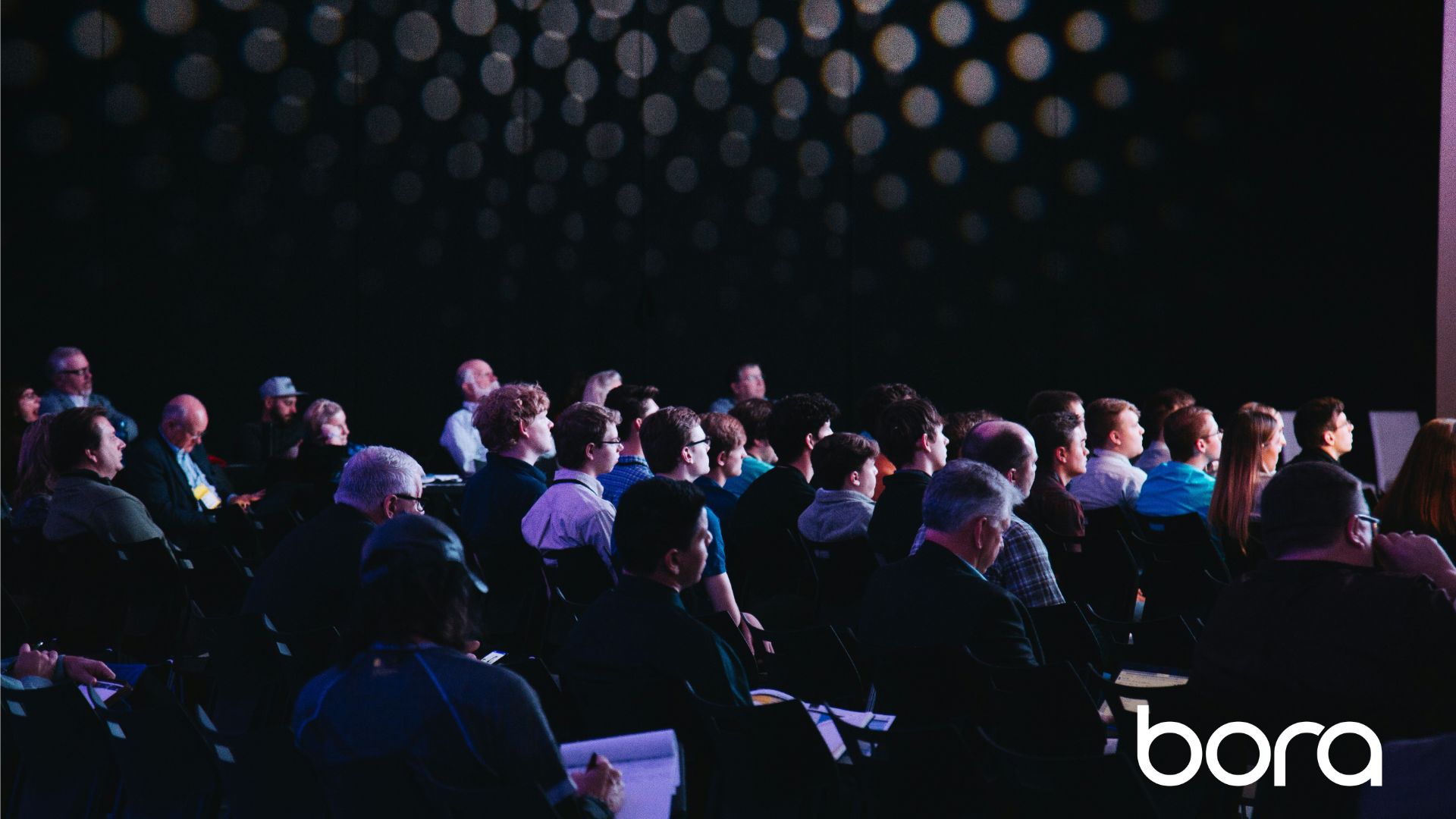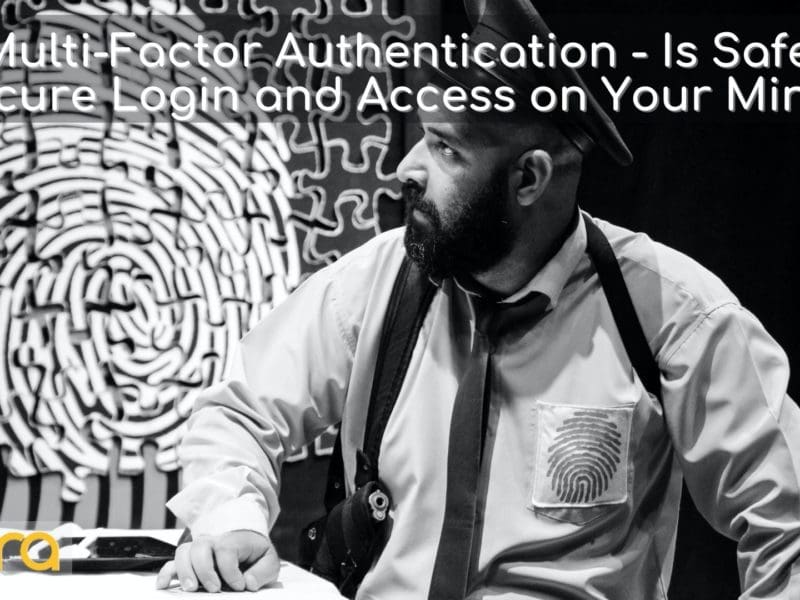The History of the RSA Conference
The RSA Conference is one of the biggest cybersecurity events of the year, bringing together professionals, experts, and innovators from around the world to discuss the industry’s latest trends, technologies, and challenges.
Since its inauguration in 1991, the conference has played a significant role in both shooting down and announcing major government policies, grown from less than 200 attendees to over 45,000 and hosted some of the world’s most influential technology leaders. So, with this year’s event fast approaching, we thought we would take a brief look at the RSA Conference’s past, present, and future.
RSA: A Long and Winding Road
The RSA Conference traces its roots back to RSA Security, a company established in 1982 by Ron Rivest, Adi Shamir, and Leonard Adleman. The organization developed the RSA encryption algorithm, which is widely used for securing sensitive data transmitted over computer networks to this day.
In 1991, following a phone call with the Executive Director of the Electronic Privacy Information Center, RSA Security’s then CEO, Jim Bidzos, founded the RSA Conference. It bared little resemblance to the RSA of today, hosting only one panel, called “DES and DSS: Standards of Choice,” and focusing entirely on convincing attendees not to adopt DSS, a standard that was expected to challenge RSA Security’s status as the de facto standard for digital signatures. By 1993, then known as the RSA Data Security Conference, the event attracted more than 200 attendees.
The RSA Conference first started gaining genuine influence in 1995 when it criticized the US government’s “Clipper chip” and displayed posters emblazoned with “Sink Clipper” around the conference center. The Clipper chip was an encryptionWhat is Encryption? Encryption converts readable data (plaintext) into a scrambled and unreadable format (ciphertext) using an algorithm and a key. The primary purpose of encryption is to ensure the... More device with a built-in backdoor that allowed Federal, State, and local law enforcement officials to decode intercepted voice and data transmissions. In part due to RSA’s efforts, the chip was effectively defunct by 1996.
In the years following, RSA grew rapidly. The conference boasted 2500 attendees in 1997 and expanded into Europe in 2000. In 2005, the RSA Conference expanded from a cryptographyWhat is Cryptography? Cryptography is the study of the methods of hiding information to protect it from unauthorized access. Cryptographic functions are a critical element of modern cybersecurity and are used... More event to a broader IT security conference, with Microsoft CEO Bill Gates delivering the keynote presentation. By 2008, the conference more closely resembled the RSA we know, with 17,000 people and 375 IT security vendors attending.
In 2010, the Obama administration used the RSA Conference to publicly reveal the Comprehensive National Cybersecurity Initiative CNCI, a hitherto classified strategy that aimed to:
- Create or enhance shared situational awareness within the federal government, other government agencies, and the private sector.
- Create or enhance the ability to respond quickly to prevent intrusions.
- Enhance counterintelligence capabilities.
- Increase the security of the supply chain for key information technologies.
- Expand cyber education.
- Coordinate and redirect research and development efforts; and
- Develop deterrence strategies.
The RSA Conference hosts events in the UK, UAE, Asia-Pacific, and USA today. Roughly 45,000 people attend the United States event. In 2022, RSA Security sold a majority interest in the RSA Conference to private equity firm Crosspoint Capital Partners and the remainder of its interest to other investors.
RSA’s Influence
The RSA Conference has enormous influence over the wider cybersecurity industry. Here’s how:
- Thought Leadership –As one of the largest and longest-running cybersecurity conferences globally, the RSA Conference attracts top industry experts, researchers, and thought leaders. The conference’s keynote presentations, panel discussions, and technical sessions shape the discourse around current challenges, emerging trends, and future directions in cybersecurity.
- Industry Collaboration –The RSA Conference is a hub for collaboration and partnership within the cybersecurity ecosystem. It facilitates cross-sectoral dialogue, knowledge sharing, and collaboration on common cybersecurity challenges by bringing together professionals from different sectors, including technology, finance, healthcare, government, and academia.
- Platform for Innovation –The conference provides a platform for showcasing innovative technologies, solutions, and cybersecurity research. Startups, established companies, research institutions, and academic organizations unveil their latest innovations at the RSA Conference, attracting attention from investors, customers, and industry stakeholders. This focus on innovation drives progress in the field and shapes future developments in cybersecurity.
- Policy Influence –The RSA Conference shapes cybersecurity policy and regulation by providing a forum for policymakers, government officials, and industry representatives to discuss cybersecurity governance, legislation, and compliance.
- Trend Setting –The RSA Conference often serves as a barometer for identifying emerging trends and technologies in cybersecurity. By monitoring the topics, discussions, and announcements at the conference, industry stakeholders can gain insights into where the industry is heading and anticipate future developments that may impact their organizations.
- Educational Impact –Through its diverse array of sessions, workshops, and training programs, the RSA Conference provides valuable educational opportunities for cybersecurity professionals at all levels. Attendees have the chance to deepen their knowledge, enhance their skills, and earn certifications in specialized areas of cybersecurity, contributing to the professional development of the workforce.
RSA Conference 2024
This year’s conference will be held at the Moscone Center in San Francisco, CA. The theme is “The Art of the Possible”. The conference is an opportunity to improve your cybersecurity expertise, network with your peers, and get an early look at upcoming innovations.
While we (Bora) won’t be in attendance, many of our clients will be. The following of our clients will be. Be sure to visit them!
The RSA Conference has evolved from a niche cryptography event to a global platform influencing cybersecurity policy, innovation, and collaboration. Its thought leadership, industry collaboration, and technological innovation legacy have shaped the cybersecurity discourse and propelled the industry forward. Preparing for the upcoming RSA Conference 2024, themed “The Art of the Possible,” we’re reminded of its continued significance in fostering education, networking, and exploring cutting-edge solutions. RSA has always been a highlight of the cybersecurity calendar, and this year should be no different.




